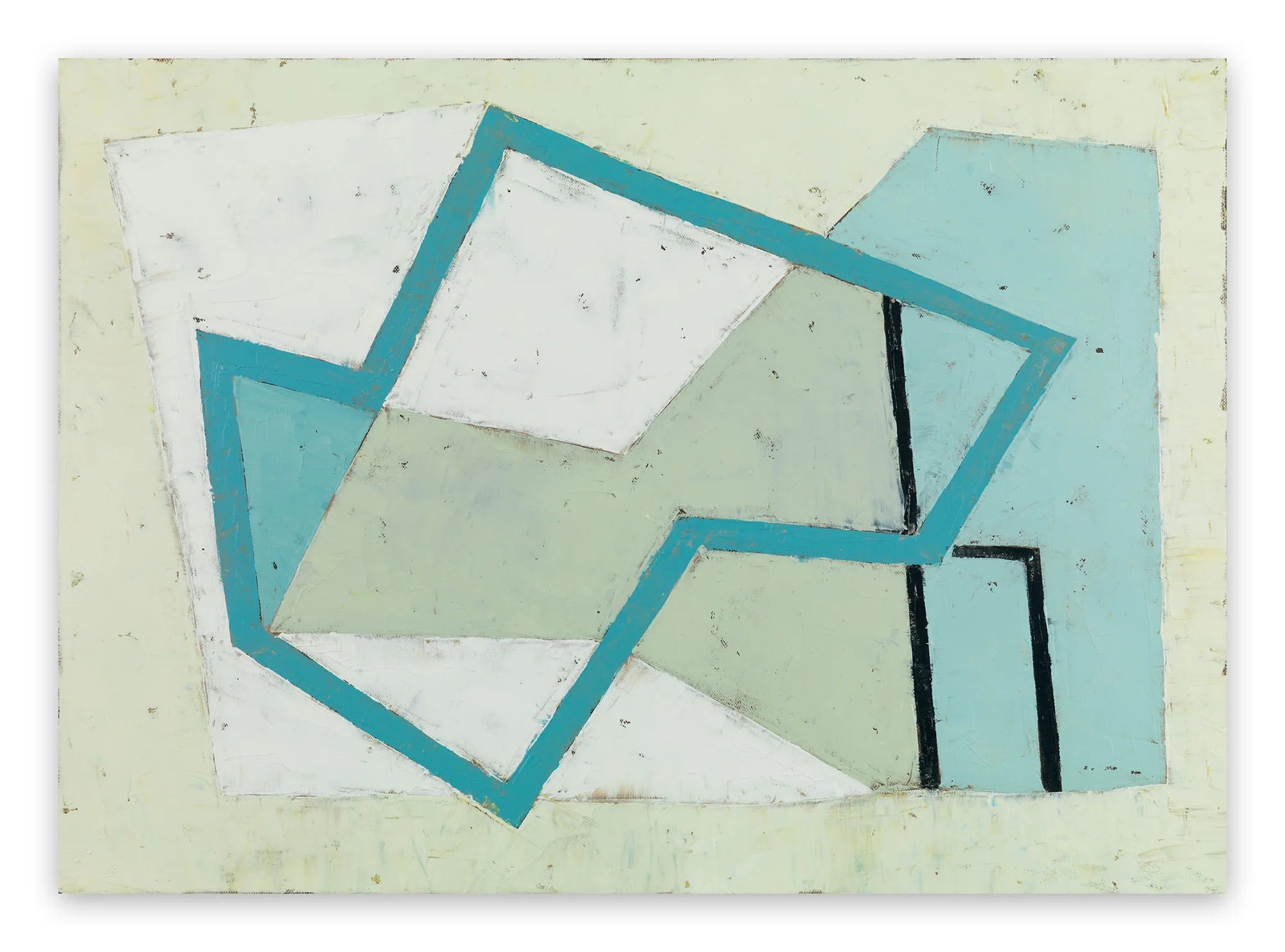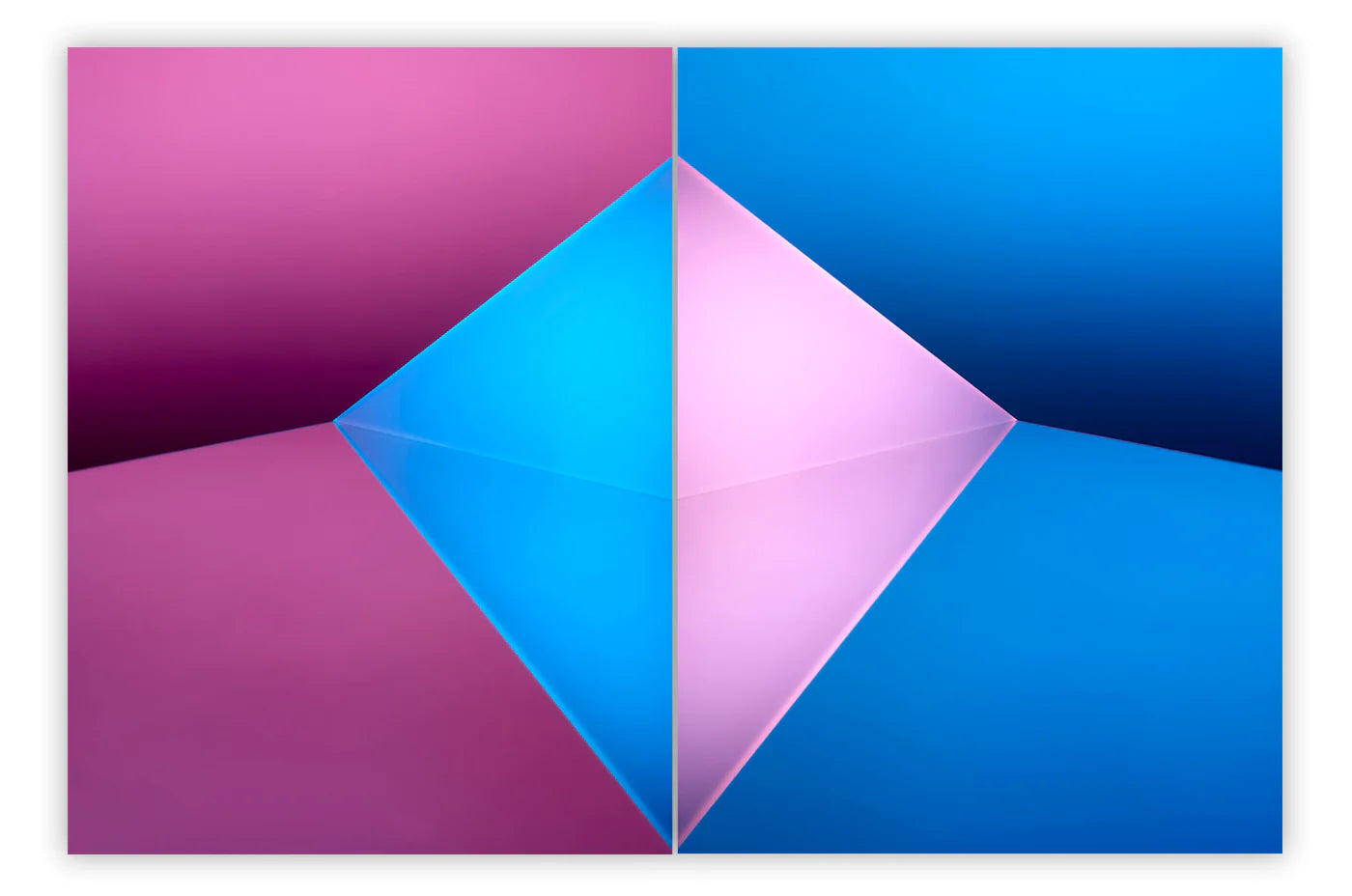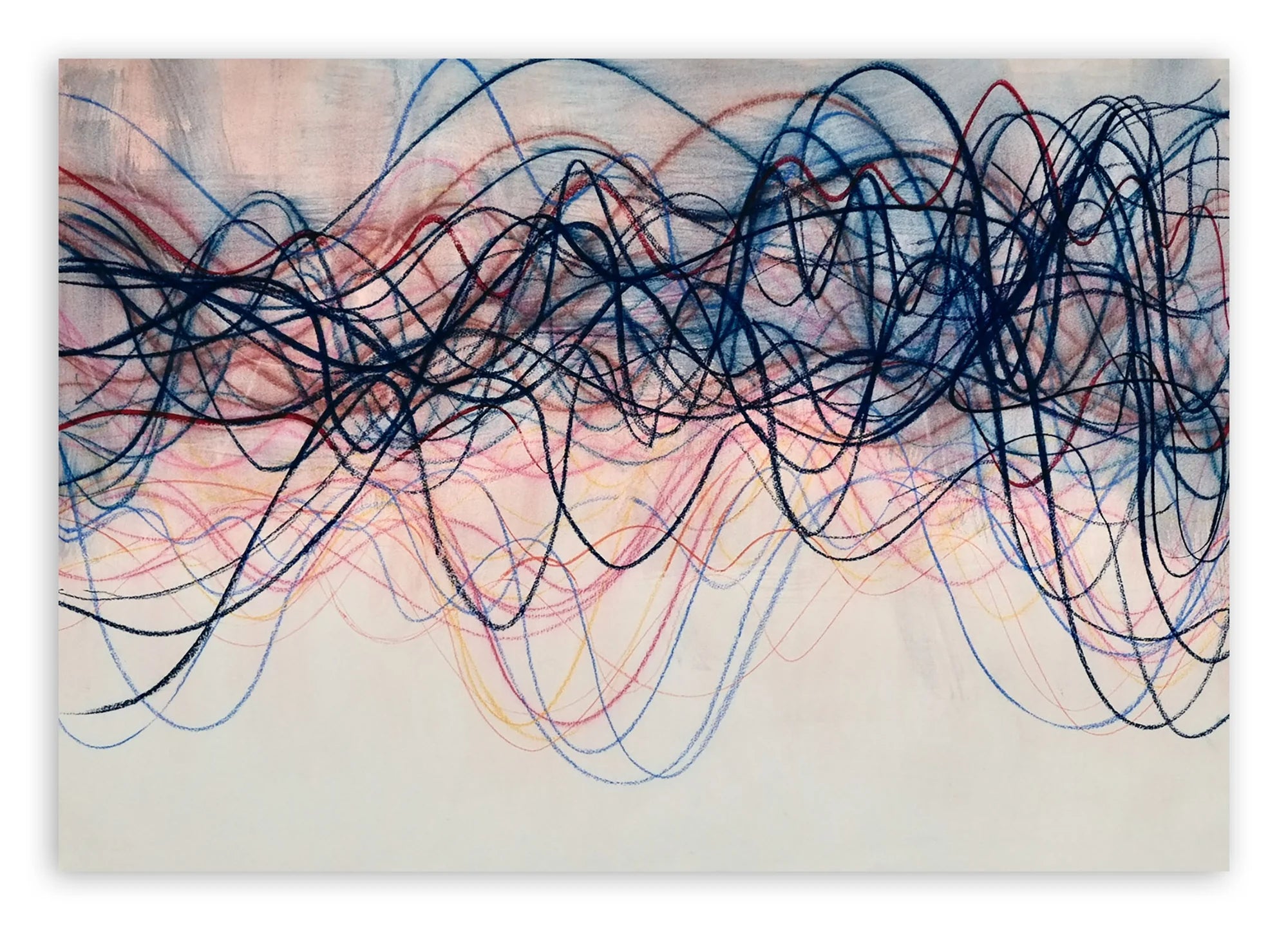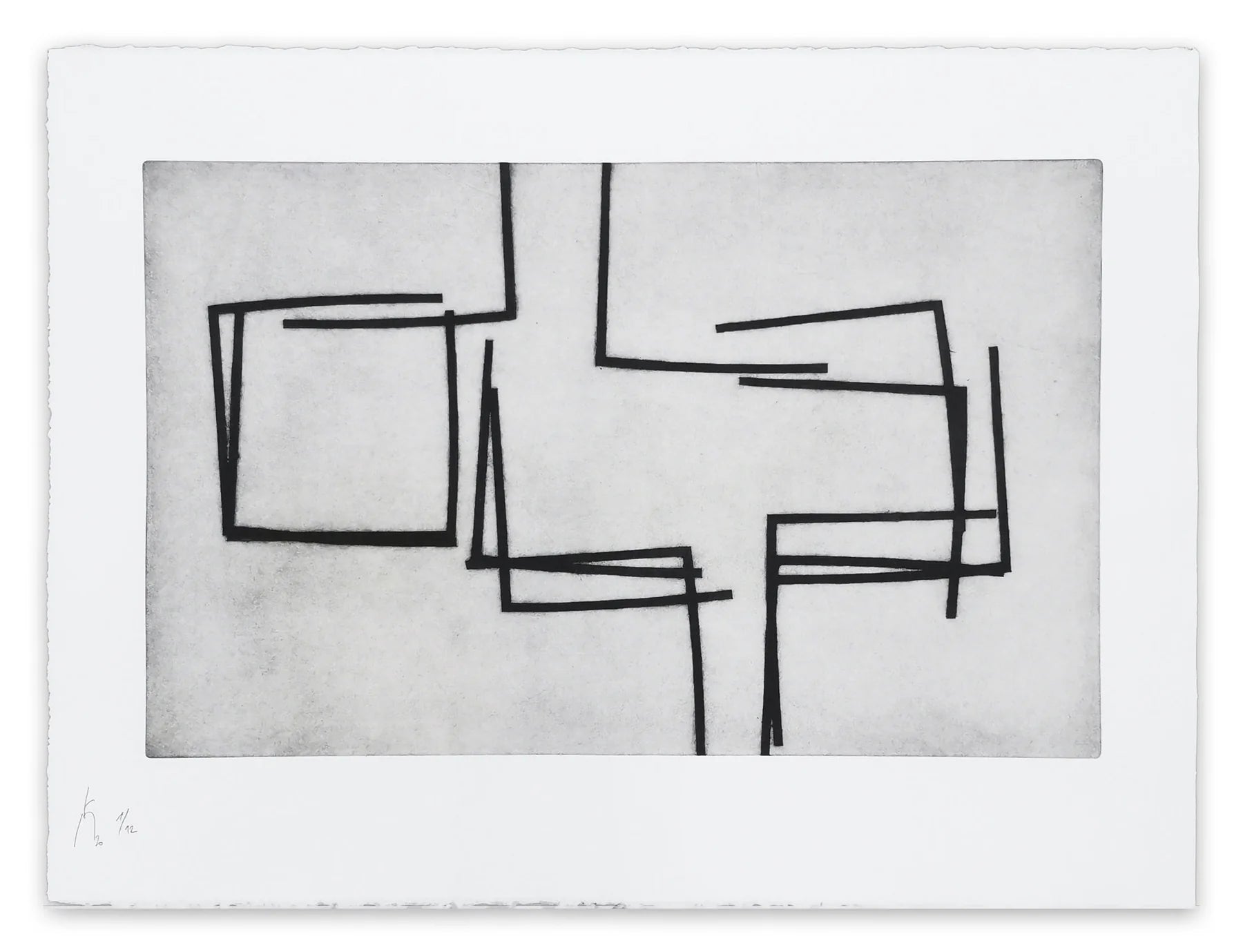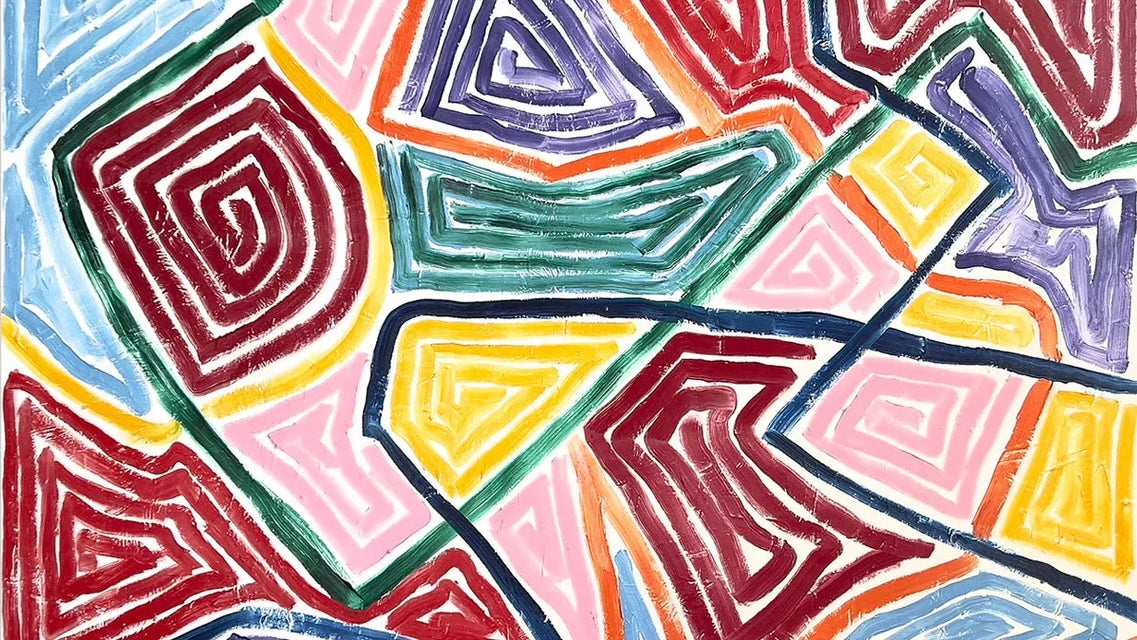
Katarzyna Kobro and Wladyslaw Strzemiński – Stars of the Polish Avant-garde
Katarzyna Kobro and Wladyslaw StrzemiÅ„ski were two of the most influential Polish artists of the 20th Century. Their oeuvres are currently being explored in “A Polish Avant Garde: Katarzyna Kobro and Wladyslaw StrzemiÅ„ski,” a duo retrospective at the Pompidou Center in Paris. The exhibition traces the careers of these artists from their early connections to Russian avant-garde artists like Kazimir Malevich, to their later intellectual and artistic exchanges with Piet Mondrian and Theo van Doesburg, to their emergence as key members of the Central European vanguard, to their eventual near-disappearance from historical records. Indeed, there was a time in the 1920s and 30s when Kobro and StrzemiÅ„ski were leaders of the European intellectual and artistic elite. A couple in private life, the two were radically inventive in their respective mediums. Kobro was a sculptor specializing in metal pieces that either hung from the ceiling or rested on the floor. Her experimental, investigative approach to constructivist design led her to make aesthetic breakthroughs in the field that predated the accomplishments of many of her better-known contemporaries like Calder and Duchamp. StrzemiÅ„ski meanwhile made extraordinary leaps forward in the realm of painting. His most notable achievement was a body of semi-relief paintings that simultaneously celebrated the painterly plane while also extending the painterly surface into the third dimension. Together these two artists gave energy and vitality to Polish art after World War I, and helped bridge the Modernist ideas of Eastern and Central Europe and Russia with those of Western Europe. Yet as the curators of their current retrospective point out, despite their immense accomplishments, most people today even in their native Poland have never heard of Kobro and StrzemiÅ„ski, and their artistic accomplishments are virtually unknown.
Extended Dimensions
In 1936, the Hungarian poet Charles Sirató published the Dimensionist Manifesto. In it, he described Dimensionism not as a typical artistic movement with a specific set of aesthetic principles, but rather a world view concerning the ongoing evolution of Modern Art. The manifesto opened with the declaration, “Dimensionism is a general movement of the arts. Its unconscious origins reaching back to Cubism and Futurism, it has been continuously elaborated and developed since then by all the peoples of Western civilization.” It went on to assert that thanks to Einstein and his General Theory of Relativity, which destroyed the illusion that space and time are separate, artists are free to liberate the plastic arts from the stagnant, dead forms of the past and to strive to extend each art form into its inevitable advanced future form. Literature, Sirató claimed, would extend from the line into the plane (a reference to his own “planar poetry”); painting would extend from the plane into three-dimensional space; and sculpture would extend from three-dimensional space into the fourth dimension, or space-time.

A POLISH AVANT-GARDE: Katarzyna Kobro and Wladyslaw Strzeminski. Installation view at Centre Pompidou. 24 Oct 2018 - 14 Jan 2019. Photo by Philippe Migeat. Photo courtesy Centre Pompidou
Kobro was amongst the artists who endorsed the first edition of the manifesto, though StrzemiÅ„ski never did officially endorse it. The irony, however, in either case, is that more than a decade before Sirató made these bold predictions about the future of abstract art both Kobro and StrzemiÅ„ski were already making the exact types of work described in his manifesto. As early as 1920, Kobro was making her Suspended Constructions – metal sculptures that hang from the ceiling, rotating gently and casting elegant, rotating shadows on the surrounding surfaces – stunning proto-examples of the principles Marcel Duchamp later developed in his Rotoreliefs of the mid-1930s. Changing with time and moving through space, these innovative sculptures even predate the mobiles of Alexander Calder, who incidentally also endorsed the Dimensionist Manifesto. Similarly, more than a decade before this manifesto was written, StrzemiÅ„ski was already making his “Compositions Uniste,” textured, dimensional relief paintings that “quit the plane and enter space” as Sirató would say.

A POLISH AVANT-GARDE: Katarzyna Kobro and Wladyslaw Strzeminski. Installation view at Centre Pompidou. 24 Oct 2018 - 14 Jan 2019. Photo by Philippe Migeat. Photo courtesy Centre Pompidou
Deformed Lines
Despite the immense creativity and idealism embodied in the constructivist artworks Kobro and StrzemiÅ„ski made in the 1920s and 30s, the culture that fostered their accomplishments came to a sudden end in the aftermath of World War II. As beautifully recalled in a recent film about Kobro and StrzemiÅ„ski titled “Afterimage,” a repressive political regime controlled from Moscow took root in Post War Poland, bent on Socialist Realism in the arts. In a mater of just a few years it eliminated all traces of Abstraction and Modernism from the Polish vanguard. Rapidly after this turn of events the life stories of Kobro and StrzemiÅ„ski descended into tragedy. In 1945, the couple separated. Each fell into despairing circumstances. Kobro was harassed into claiming her Russian birthplace and then later jailed for that heritage as a traitor. She nearly lost custody of her daughter and was stripped of her status as an artist, and forced to make a living making felt toys and selling them on the street. Forgotten, poor, and almost completely alone, she died of incurable cancer in 1951.

A POLISH AVANT-GARDE: Katarzyna Kobro and Wladyslaw Strzeminski. Installation view at Centre Pompidou. 24 Oct 2018 - 14 Jan 2019. Photo by Philippe Migeat. Photo courtesy Centre Pompidou
As for StrzemiÅ„ski, he was stripped by the government of his teaching position at the School of Visual Arts in Åódź after refusing to renounce abstraction. He could no longer make a living as an artist, nor was he even allowed by the authorities to try to earn his keep as a sign painter. Finally, unable even to purchase art supplies without his government issued artist identification card, he died of Tuberculosis in 1952, despised by most of his newly Stalinist neighbors. Miraculously, however, before suffering these cruel fates, both of these extraordinary artists took steps to preserve their legacy for a future day when society would be less harsh to them. They helped found the Art Museum of Åódź, and then donated to it almost all of their works that had survived the war. It is through cooperation with that institution that the Pompidou Center was able to mount its current exhibition, allowing contemporary audiences to finally share in the legacy of these two brilliant artists who sadly did not live to see the effect their work would have on the future of abstract art. A Polish Avant Garde: Katarzyna Kobro and Wladyslaw StrzemiÅ„ski is on view at the Pompidou Center in Paris through 14 January 2019.
Featured image: A POLISH AVANT-GARDE: Katarzyna Kobro and Wladyslaw Strzeminski. Installation view at Centre Pompidou. 24 Oct 2018 - 14 Jan 2019. Photo by Philippe Migeat. Photo courtesy Centre Pompidou
By Phillip Barcio
